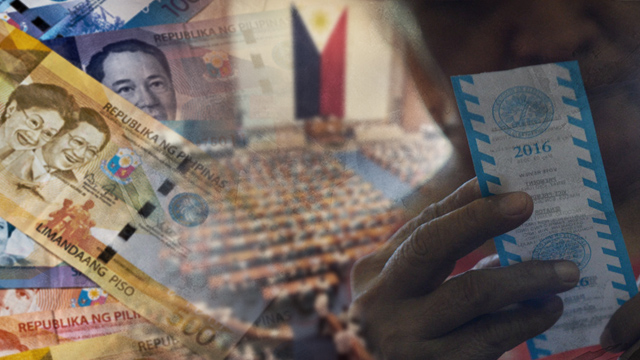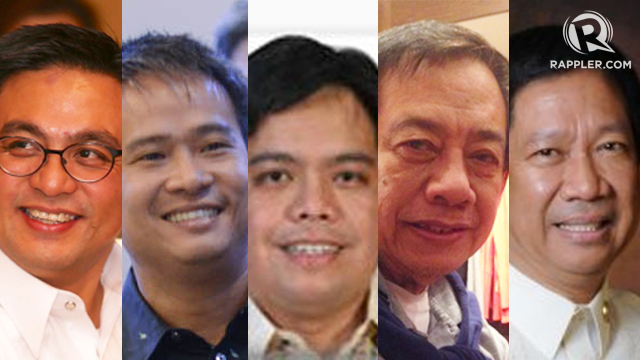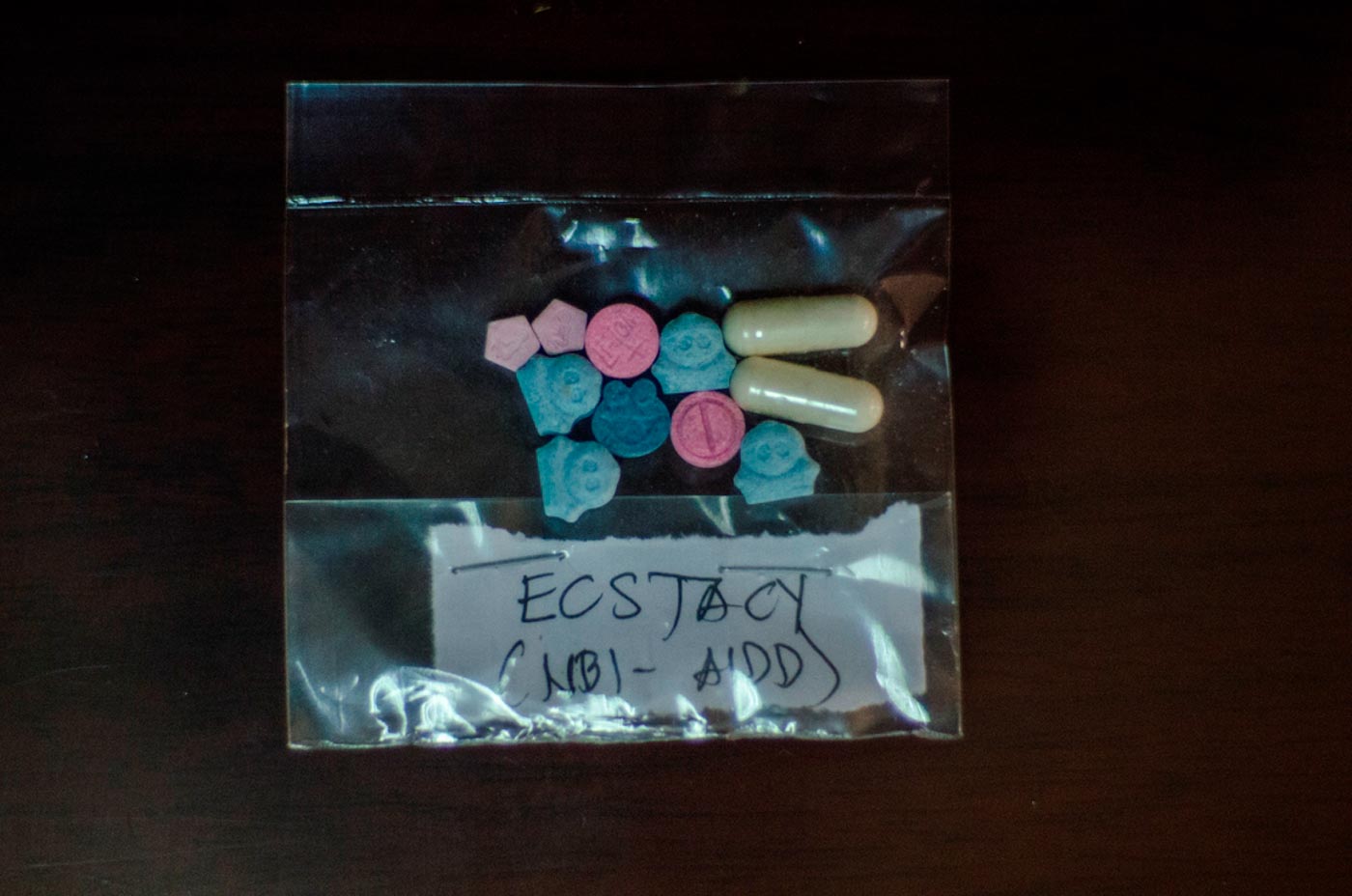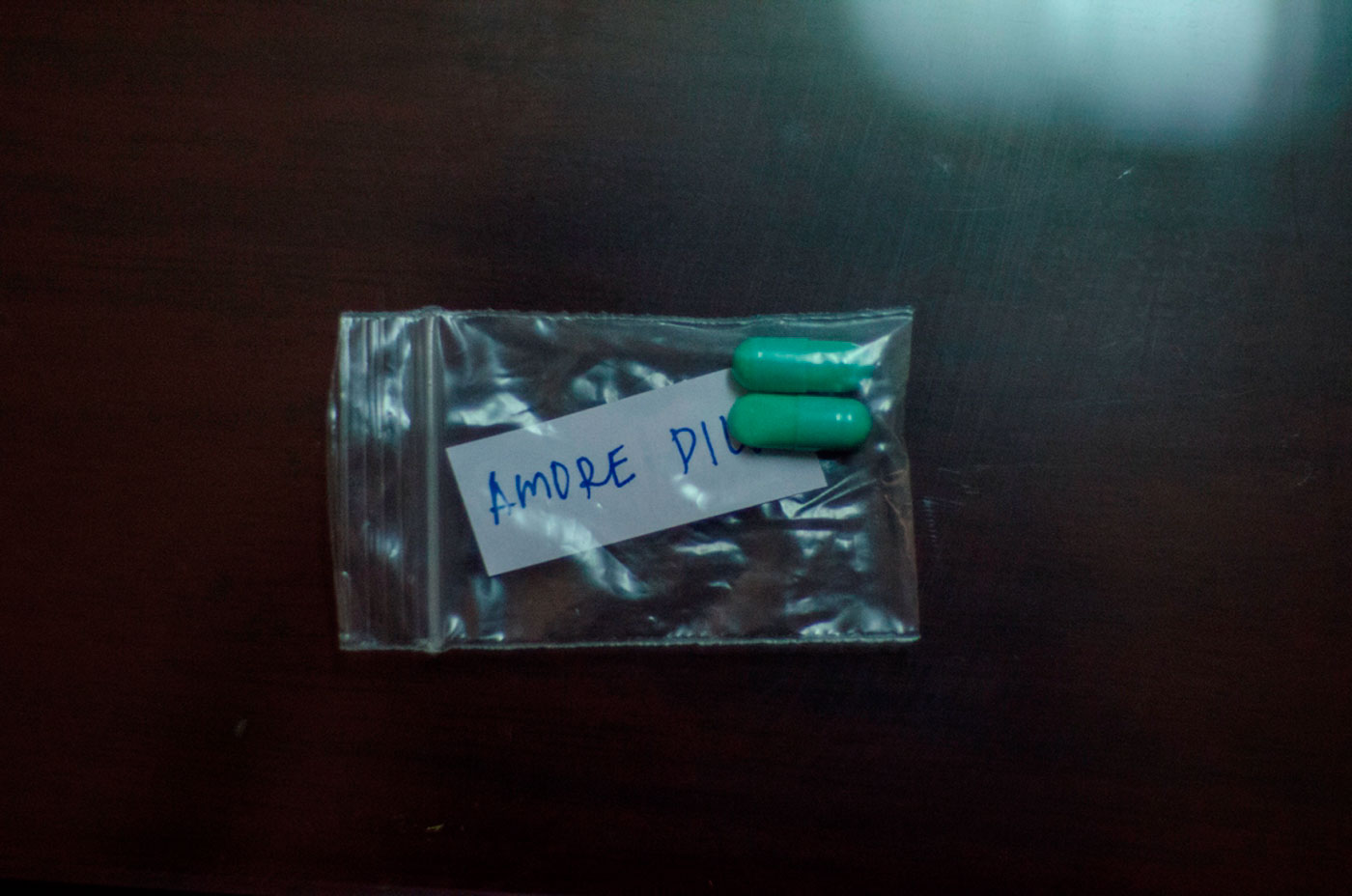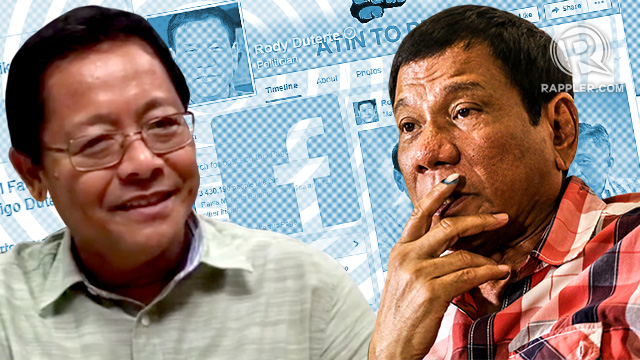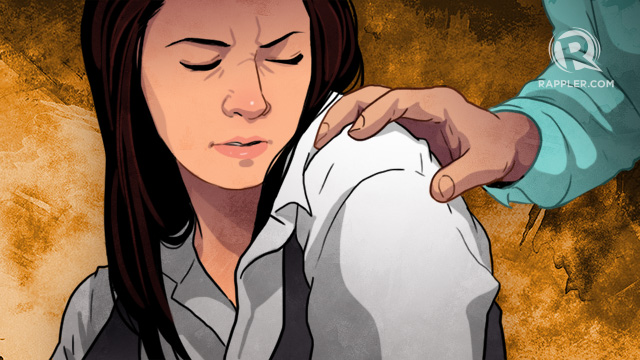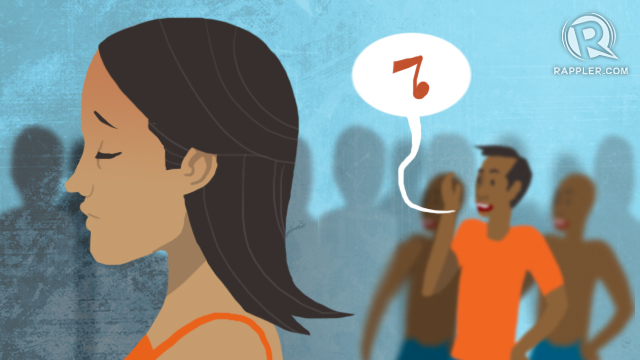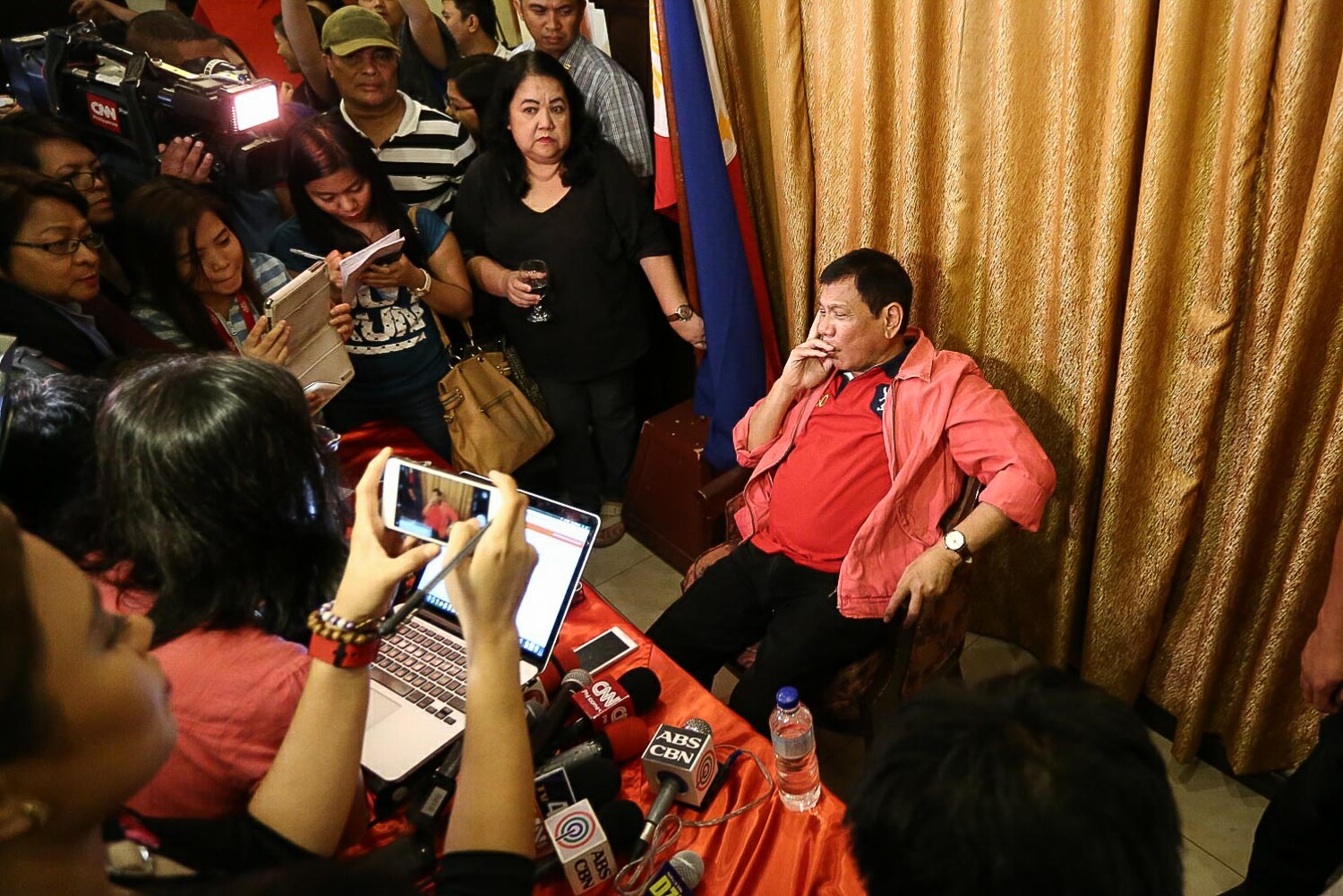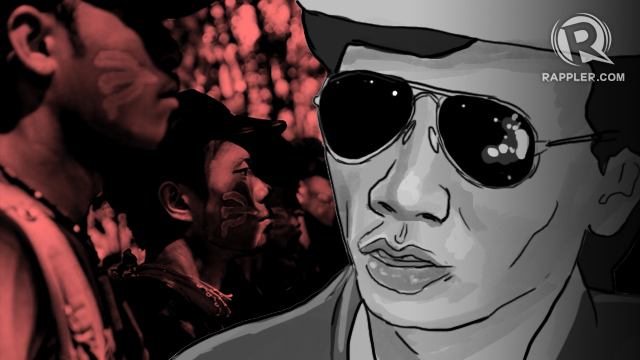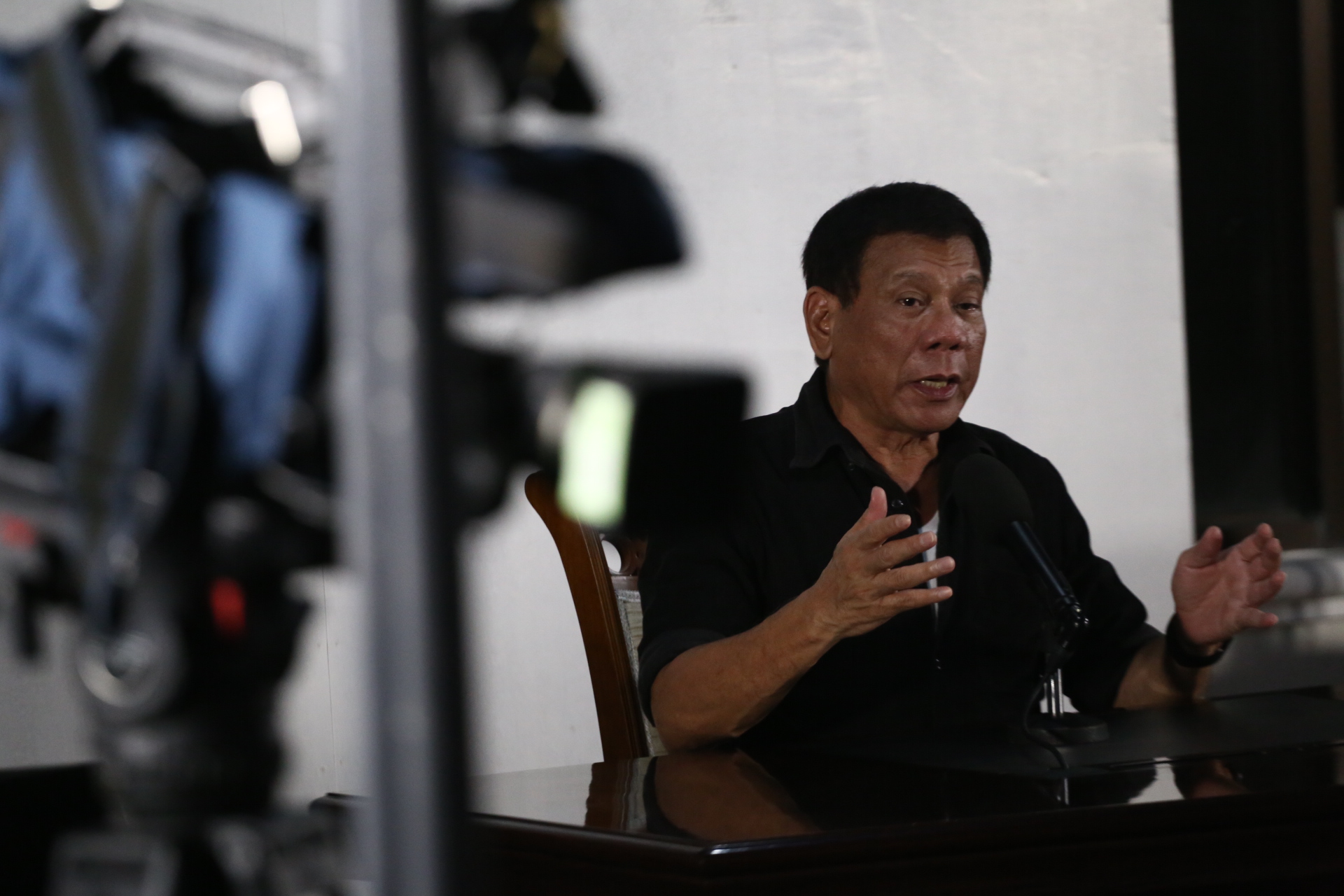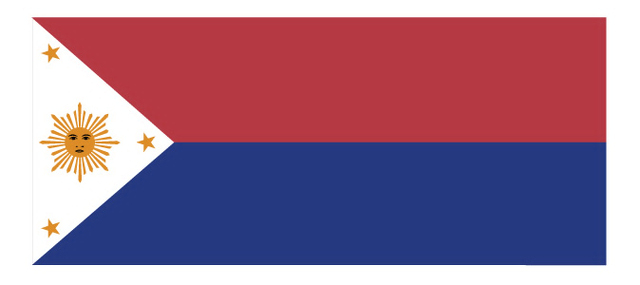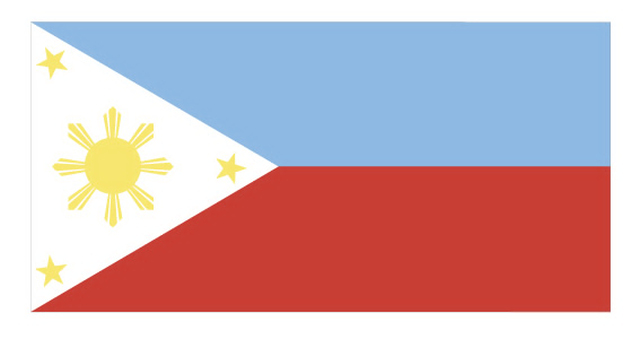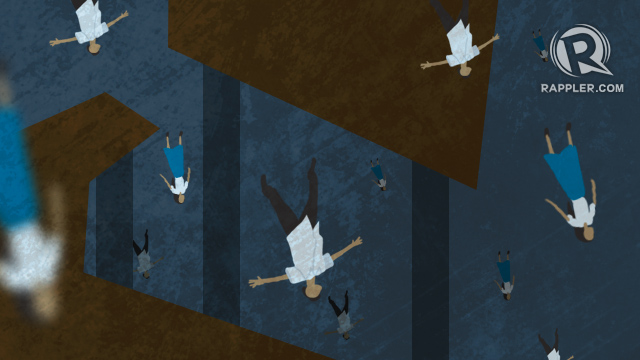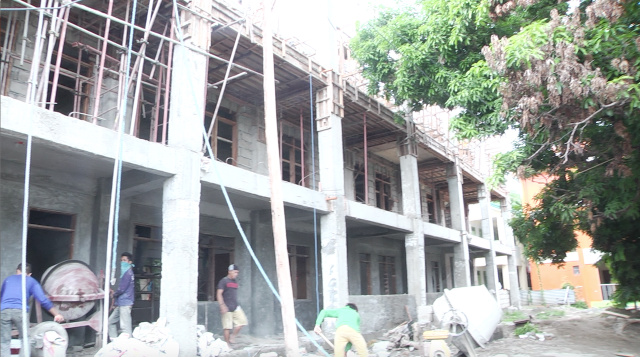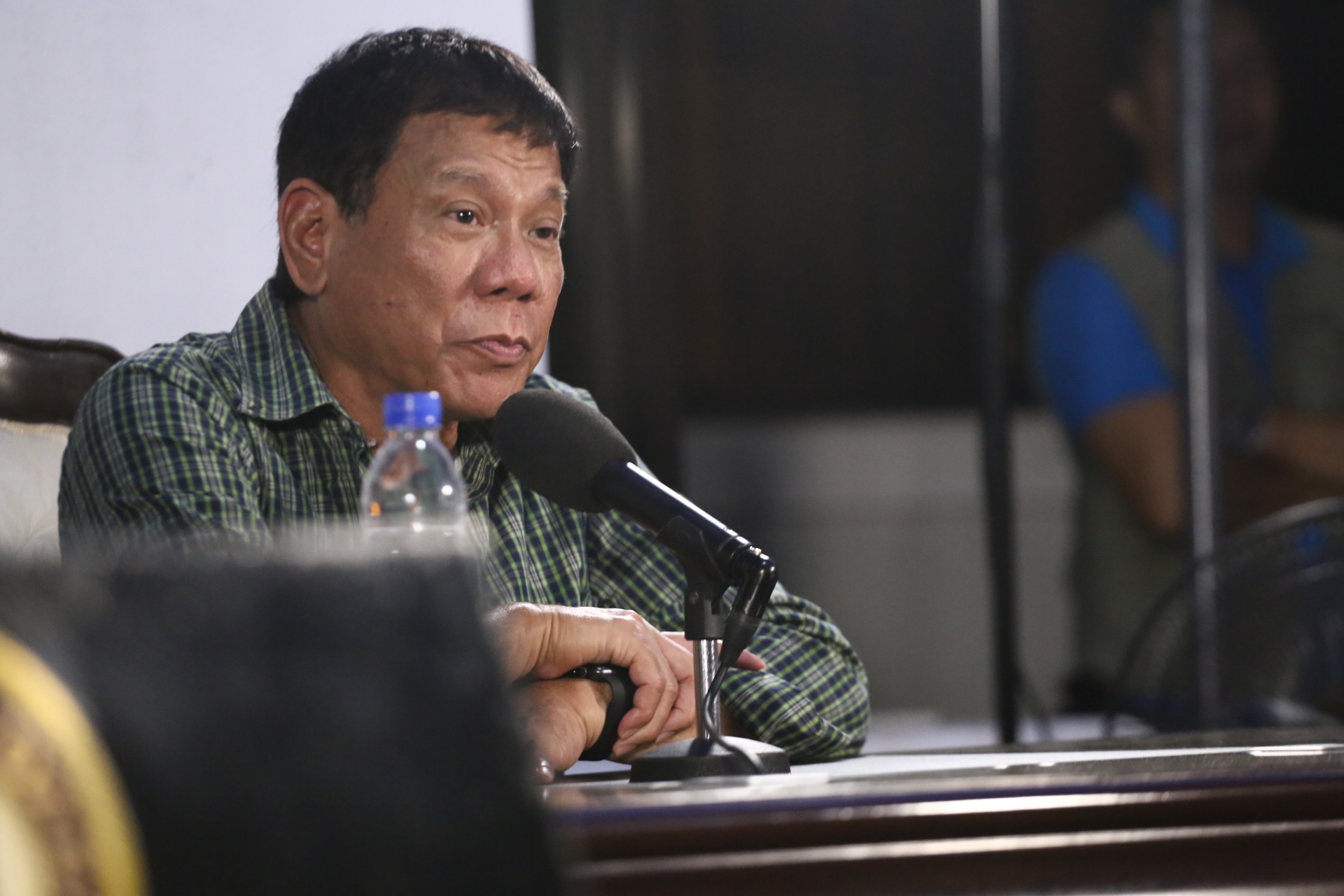
DAVAO CITY, Philippines – A few days before a Kadayawan Festival in Davao City, the mayor made a call to Patmei Ruivivar, his chief of staff.
He had passed by the festival’s banner set up on a bridge. One of the poles appeared to be bent.
“Ipa-straight mo ‘yung pole (Have the pole straightened),” Patmei recalled being told by Rodrigo Duterte.
He counted the number of poles so he could tell her which one exactly.
“Okay, yes Mayor, I will get into that,” Patmei said.
'If he doesn’t want you to say ‘no’ he will put you on the spot. And then you cannot say ‘no.’'
After around 15 minutes, her phone rang again.
“Bakit hindi pa rin naayos? (Why hasn’t it been fixed?)” asked Duterte, who had apparently returned to the bridge to check on things.
Years later, Patmei unleashes a full-bodied laugh when she recalls her roller-coaster days as Duterte’s chief of staff.
“He’s very decisive. He’s very impatient. He wants things done right away. Don’t make him wait,” she told me in her living room in Davao City.
She has just flipped through the pages of old photographs and articles, remembering those days when Duterte was her boss.
Now, that boss is a month away from taking his oath as the 16th president of the Philippines. His unorthodox ways are getting not a few people nervous about what lies in store for Malacañang and the entire country.
Consider his a reputation for being hot-tempered, his stories of kicking a judge in his office for parking in the wrong place, his proposed working hours, from 1 pm to 12 am.
Patmei has been there, done that. She has a few tips and stories to share for anyone who is about to have a working relationship with Rody Duterte.
In 1997, Patmei was working for Senator Gringo Honasan. She had returned to her hometown, Davao City, for a quick break. Duterte got wind of it because she and his family are close. Her uncle Bebot Bello, is Duterte’s friend and now incoming labor secretary.
At the time, he had let go of his chief of staff, and the media, in an ambush interview, were asking him who it would be.
Without consulting her, he gave the media her name.
“He’s decisive like that and if he doesn’t want you to say 'no,' he will put you on the spot. And then you cannot say 'no,'” said Patmei.
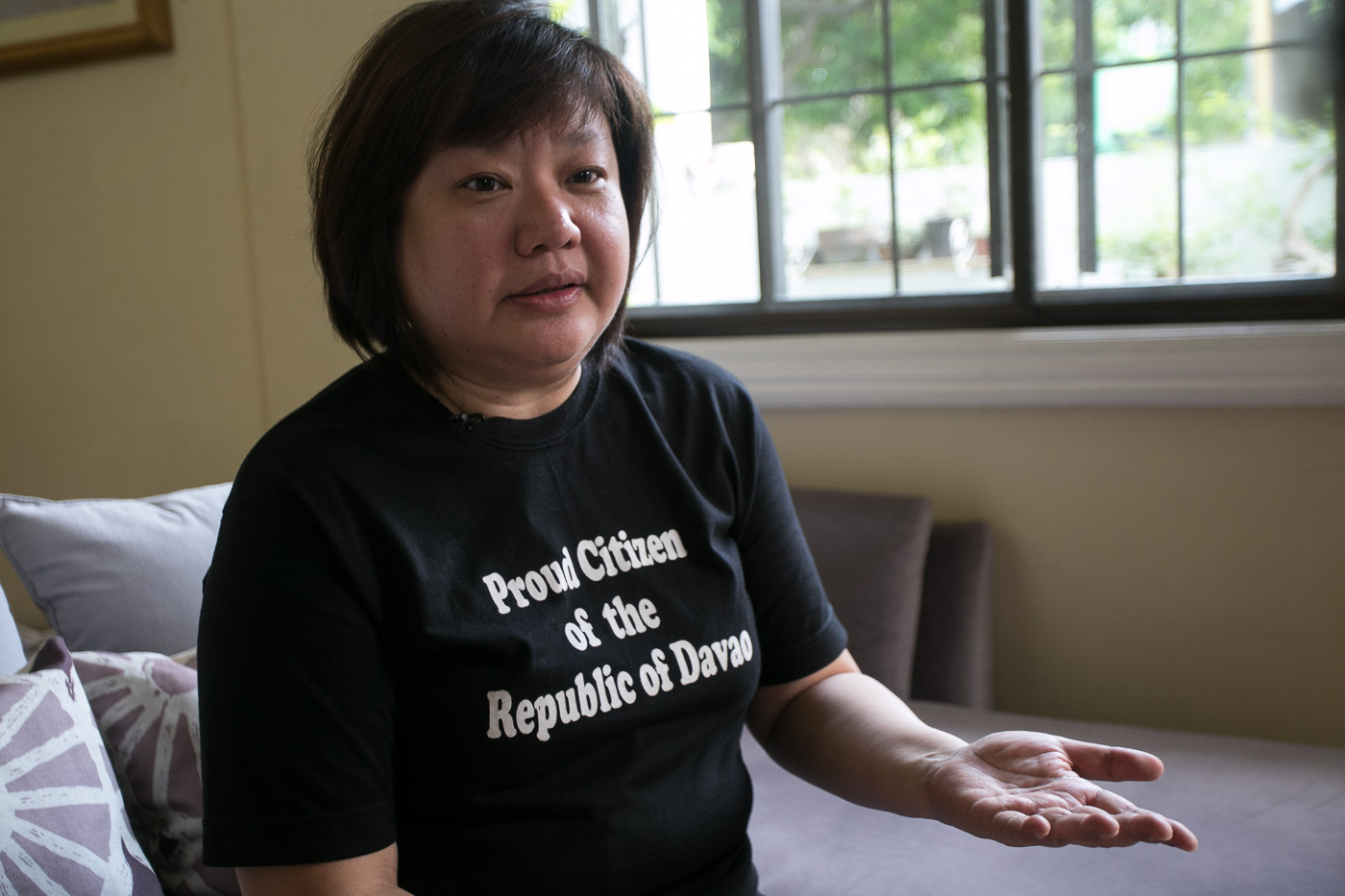
In the end, Duterte convinced her, saying it would be just for one year since he was in the last of his first 3 terms as mayor. The following year, he would run for congressman.
Patmei was his chief of staff from 1997 to 1998. After moving to the United States to escape Philippine politics, Patmei was again convinced to work for him in City Hall from 2004 to 2010.
Almost a decade worth of experience working for Duterte has taught Patmei many things about the incoming president.
Lesson 1: He’s a strict taskmaster
For all his talk of mediocrity and being just a “75” student, Duterte values excellence, claims Patmei.
“He is good at judging if a person is competent or not with their job,” she said.
Davao City government staff, even regional staff, had to watch his weekly television show, “Gikan sa Masa, Para sa Masa.”
'Character is more important to Duterte than skill.'
As Duterte read letters from concerned citizens on air, he would shoot out orders on how various government agencies would respond to the citizen’s concern.
The concern could be anything from too many car accidents happening in a particular street or loud karaoke sessions disturbing students.
What he says he’ll do on air should be as good as done.
“That’s his order. So don’t wait for Monday for him to send you a memo. By Monday, you should have done it already. He checks on that, always,” said Patmei.
Duterte is no micro-manager, but you’ll hear from him if you’re not doing a good job.
“He will really call you or go to your office and berate you,” she added.
Patmei wouldn’t be surprised if he continues to make “surprise visits” to government offices even when he is president.
“For example, he watches the news and he sees a problem in NAIA [Ninoy Aquino International Airport]. Tomorrow, he might think of dropping by,” she said.
Lesson 2: He hates bureaucracy
Ever the action man, Duterte does not like dealing with bureaucracy. He leaves administration work to his trusted staff and spent most of his time as mayor outside City Hall.
This gave Patmei a headache. There were decisions, documents to sign that required Duterte’s personal attention.
So Patmei had to follow him around just to get these things done.
“Because he has so many activities, you have to keep looking for him and it tired me out. I had to run after him,” recalled Patmei.
Duterte busied himself with visiting police stations and all 182 barangays. He likes to be hands-on and uses these visits to “get the pulse of the people,” she said.

Initiatives like a 72-hour deadline for the processing of permits and a one-stop shop for Overseas Filipino Workers are typical Duterte.
But during times when bureaucracy is required, his staff has to pick up the slack.
So Patmei developed a strategy. She would compile all the decisions that had to be made, the documents that needed to be signed, into one check-list document.
“When he arrives at City Hall, he would just need to approve or disapprove. There are 20 items there. So all he has to do is write a check mark or x mark,” said Patmei.
'Sometimes he doesn’t control himself and just gives the punishment right then and there.'
For all the approved items, Patmei would produce the specific document, whether it be an executive order or memo, for him to sign.
For this to work, Patmei developed a knack for telling whether or not Duterte was in a good enough mood for dealing with bureaucracy.
“When he’s joking around and laughing, he’s in a good mood.”
That’s when she would pounce, approaching him with a juicy bit of gossip. He would go through one item to another while she spewed stories on who hooked up with who, who broke up with who until Duterte would joke, “Nakakahalata na ako ha (I’m starting to suspect why you’re doing this).”
Lesson 3: He values a person’s character.
Want to impress Duterte? Show him your loyalty and trustworthiness.
As Patmei writes in her own insightful blog, “Character is more important to Duterte than skill.”
It’s not unusual for Duterte to “test” the people around him to see how they will handle a certain situation. Patmei writes that Duterte may sometimes start a rumor to see who among his people are trustworthy.
The Machiavellian in Duterte arises when there are rivalries or conflicts within a group.
He will use these disputes to learn about someone’s character and motives, all the better to craft a strategy for his mission, she said.

Another source, who used to work closely with Duterte in city hall, said he has a good eye for people he can trust.
“This is a limited circle. As president, he will look for more of these types, multiplying himself, essentially,” said the source.
Once you have Duterte’s trust, he will not forget you. He will protect you to the end.
Members of this inner circle also have his ear. Leoncio “Jun” Evasco, his former chief of staff and possible Cabinet secretary, is one of the few who can argue with Duterte.
Lesson 4: Injustice antagonizes him
The quickest way to anger Duterte is to be unfair or abusive.
That’s why, at one point, Patmei and other City Hall staff decided to stop telling him about cases of domestic violence in the city.
Victims would normally approach him in his office to narrate how they were beaten up by their husbands. They kept doing this even if Patmei had set up women’s help desks.
An angry Duterte would then head straight to the police station where the errant husband was detained and beat him up.
“Sometimes he doesn’t control himself and just gives the punishment right then and there,” said Patmei.
Duterte’s anger at injustice extends to injustice against himself.
It may not be obvious, but Duterte “gets affected” by news about him especially, when he feels he has been depicted unfairly.
“The labelling theory of sociology really applies to him. You label him one way, he will really do it to piss you off,” said Patmei.
About the worst thing you can do is to underestimate Duterte.
“He loves to downplay. ‘I’m only like this.’ So you become overconfident and think, ‘He’s from the province. He’s just a 75 student.’ He will really outsmart you.”
Patmei’s parting words are that Duterte is an “acquired taste.”
To understand his ways, you will have to know him for a very, very long time. The campaign season was too short a period for some people.
Perhaps this is also why Duterte chose close friends for his Cabinet. Who else can keep up with his pace? Who else can he trust?
Duterte has asked the public to adjust to him. After all, isn’t that what voters wanted, a different kind of leader?
If Patmei could summarize all these lessons into one piece of advice for government workers, it would be: “You have to be always on your toes.” – Rappler.com



